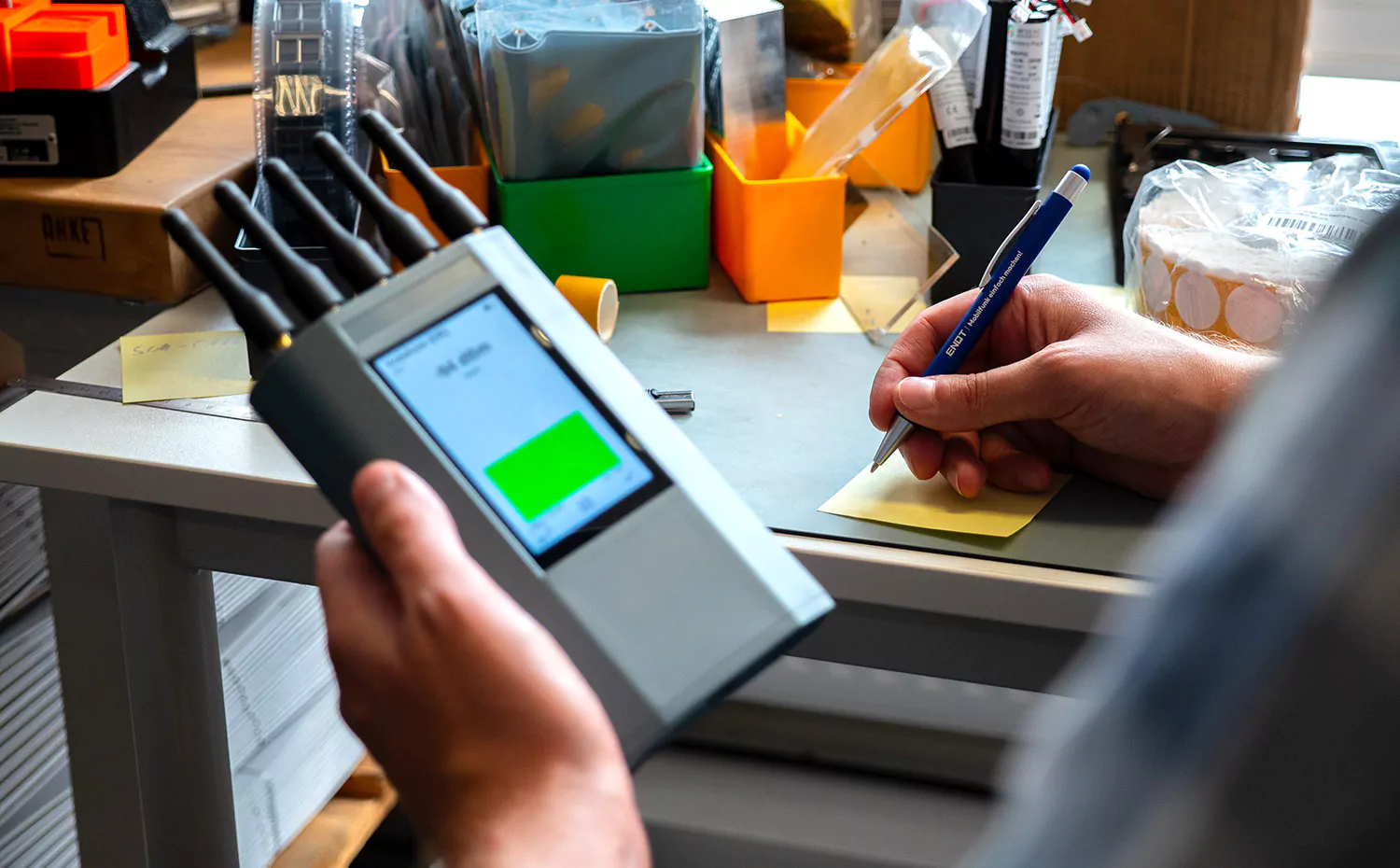Mobile communications providers are currently working hard to bring the new 5G mobile communications technology to the market. Together with the fourth generation of mobile communications (LTE), 5G is intended to make Germany fit for digitization. A side effect of the network expansion is that the aging 3G mobile technology (UMTS) is disappearing after almost 20 years. The major German mobile operators Deutsche Telekom and Vodafone have announced the 3G network shutdown for 2021. In the following, we explain the reasons for the 3G network shutdown and show you the benefits and consequences for network operators and mobile customers.
What are the reasons for the 3G network switch-off?
3G was one of the pioneers of mobile Internet use. But the technology is getting on in years and no longer meets the requirements of modern mobile communications. In terms of both latency and data transfer rates, 3G can no longer keep up with the newer LTE and 5G standards. For example, the download speed of a 3G device is limited to 42 Mbit/s, while several hundred Mbit/s can be achieved with LTE devices and even 1,000 Mbit/s and more with 5G devices. In addition, 5G mobile data transmission operates with latency in the millisecond range with virtually no delay. Mobile applications such as autonomous driving are therefore only possible with nationwide 5G networks.
In addition to the low transmission rates and high latency times, another reason for the 3G network shutdown is that the 3G networks occupy frequency ranges that providers need for the further expansion of their LTE and 5G networks. In addition, LTE and 5G achieve greater ranges and provide better network coverage than is possible with the outdated 3G networks. It is therefore high time for mobile network operators to send 3G into a well-deserved retirement.
What advantages do mobile network operators have from the 3G network shutdown?
For mobile network operators, the 3G network switch-off has a whole host of advantages. They need fewer additional frequency bands and can use the freed-up 3G frequency bands for the new technology. The 3G hardware, which has long since been written off, can be replaced by new technology, and expensive maintenance contracts with network technology manufacturers can be terminated. For network equipment manufacturers, too, the old 3G technology is obsolete and can only be made available to providers with a great deal of manpower and expense. Manufacturers and mobile network providers would much rather use their resources for 5G. Another advantage is that LTE and 5G networks are much more energy efficient than old 3G networks. The transition to LTE and 5G mobile is seamless. The LTE and 5G networks are being installed across the board and customers are being migrated from 3G to the new technology.
What are the consequences of the 3G network shutdown for mobile customers?
To ensure that the 3G network switch-off is as seamless and unnoticed as possible for mobile customers, mobile communications providers are making old 3G contracts LTE-capable or converting them to new LTE and 5G rates. Ideally, customers will use the faster LTE or 5G technology instead of 3G even before the switch-off. The prerequisite, of course, is that the mobile devices used support the new technology. If the devices are only 3G-capable, only calls in the 2G network will be possible after the 3G network switch-off. These devices will therefore have to be replaced. In some cases, old SIM cards may be inserted in the devices that are not LTE-capable. In this case, the LTE- or 5G-capable devices cannot log into the new networks, even though they are compatible with the technology. Providers usually allow these SIM cards, which are often more than 15 years old, to be replaced free of charge. Incidentally, the 2G mobile networks (GSM networks) are not affected by the 3G switch-off. These networks will remain in place and act as a safety net. This is because all cell phones and smartphones, no matter how old, work on the 2G network. Population coverage with 2G networks is over 99 percent.



